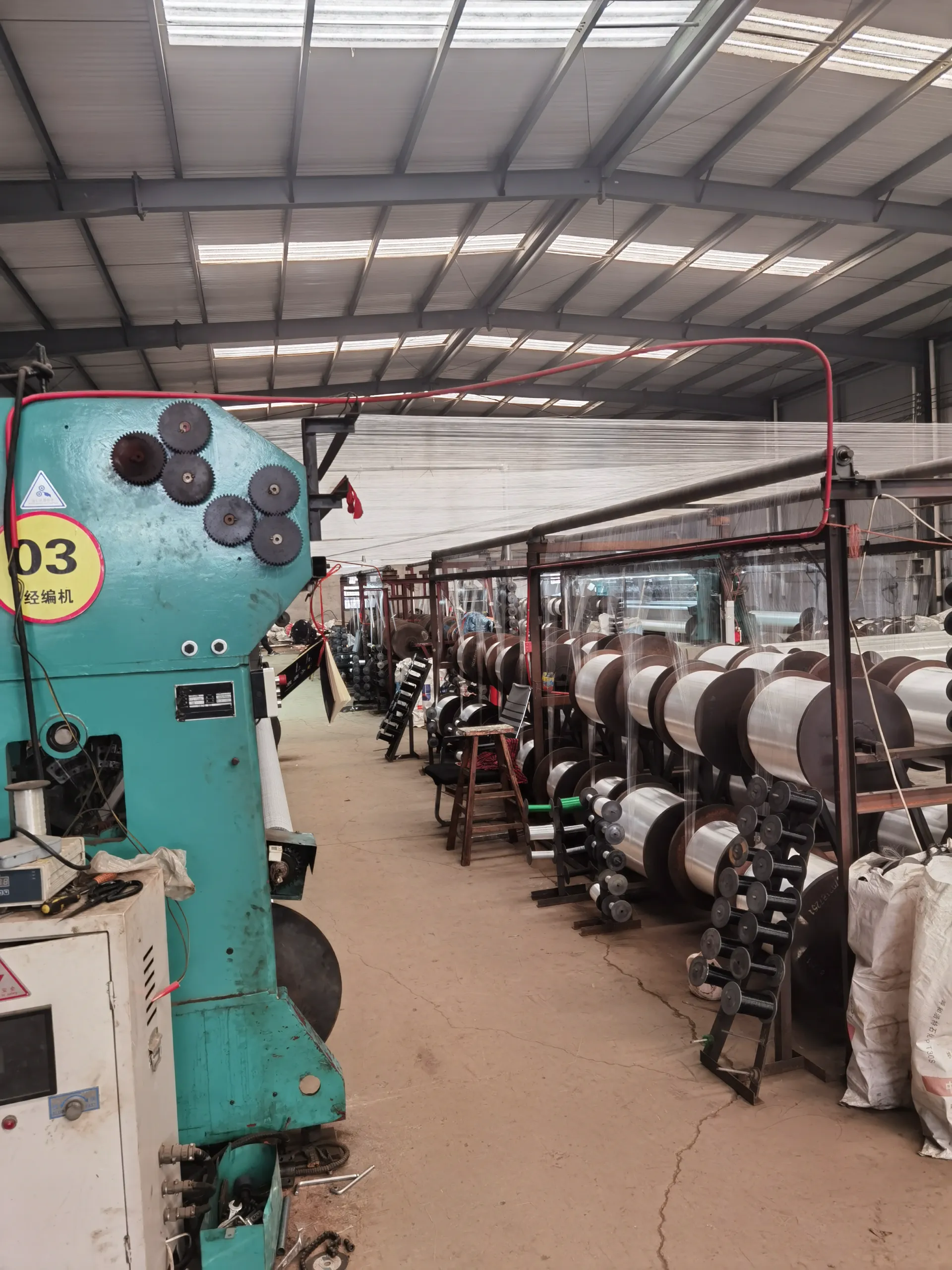-
 Afrikaans
Afrikaans -
 Albanian
Albanian -
 Amharic
Amharic -
 Arabic
Arabic -
 Armenian
Armenian -
 Azerbaijani
Azerbaijani -
 Basque
Basque -
 Belarusian
Belarusian -
 Bengali
Bengali -
 Bosnian
Bosnian -
 Bulgarian
Bulgarian -
 Catalan
Catalan -
 Cebuano
Cebuano -
 China
China -
 Corsican
Corsican -
 Croatian
Croatian -
 Czech
Czech -
 Danish
Danish -
 Dutch
Dutch -
 English
English -
 Esperanto
Esperanto -
 Estonian
Estonian -
 Finnish
Finnish -
 French
French -
 Frisian
Frisian -
 Galician
Galician -
 Georgian
Georgian -
 German
German -
 Greek
Greek -
 Gujarati
Gujarati -
 Haitian Creole
Haitian Creole -
 hausa
hausa -
 hawaiian
hawaiian -
 Hebrew
Hebrew -
 Hindi
Hindi -
 Miao
Miao -
 Hungarian
Hungarian -
 Icelandic
Icelandic -
 igbo
igbo -
 Indonesian
Indonesian -
 irish
irish -
 Italian
Italian -
 Japanese
Japanese -
 Javanese
Javanese -
 Kannada
Kannada -
 kazakh
kazakh -
 Khmer
Khmer -
 Rwandese
Rwandese -
 Korean
Korean -
 Kurdish
Kurdish -
 Kyrgyz
Kyrgyz -
 Lao
Lao -
 Latin
Latin -
 Latvian
Latvian -
 Lithuanian
Lithuanian -
 Luxembourgish
Luxembourgish -
 Macedonian
Macedonian -
 Malgashi
Malgashi -
 Malay
Malay -
 Malayalam
Malayalam -
 Maltese
Maltese -
 Maori
Maori -
 Marathi
Marathi -
 Mongolian
Mongolian -
 Myanmar
Myanmar -
 Nepali
Nepali -
 Norwegian
Norwegian -
 Norwegian
Norwegian -
 Occitan
Occitan -
 Pashto
Pashto -
 Persian
Persian -
 Polish
Polish -
 Portuguese
Portuguese -
 Punjabi
Punjabi -
 Romanian
Romanian -
 Russian
Russian -
 Samoan
Samoan -
 Scottish Gaelic
Scottish Gaelic -
 Serbian
Serbian -
 Sesotho
Sesotho -
 Shona
Shona -
 Sindhi
Sindhi -
 Sinhala
Sinhala -
 Slovak
Slovak -
 Slovenian
Slovenian -
 Somali
Somali -
 Spanish
Spanish -
 Sundanese
Sundanese -
 Swahili
Swahili -
 Swedish
Swedish -
 Tagalog
Tagalog -
 Tajik
Tajik -
 Tamil
Tamil -
 Tatar
Tatar -
 Telugu
Telugu -
 Thai
Thai -
 Turkish
Turkish -
 Turkmen
Turkmen -
 Ukrainian
Ukrainian -
 Urdu
Urdu -
 Uighur
Uighur -
 Uzbek
Uzbek -
 Vietnamese
Vietnamese -
 Welsh
Welsh -
 Bantu
Bantu -
 Yiddish
Yiddish -
 Yoruba
Yoruba -
 Zulu
Zulu
debris netting
The Importance of Debris Netting in Construction Safety
In the realm of construction and civil engineering, safety measures play a crucial role in protecting not only the workers but also the public and the environment. Among various safety protocols and equipment, debris netting has become an indispensable component in contemporary construction practices. This article delves into the significance of debris netting, its applications, benefits, and the regulations surrounding its use.
Debris netting, often referred to as safety netting or scaffolding netting, is a type of safety barrier used to prevent construction materials, tools, and other debris from falling off a structure during construction or renovation activities. This netting is typically made from high-density polyethylene (HDPE) or similar robust materials, designed to withstand harsh environmental conditions while ensuring high visibility. The use of debris netting is essential in safeguarding the surrounding areas from potential hazards associated with construction projects.
One of the primary functions of debris netting is to enhance worker safety on construction sites. Workers are frequently working at considerable heights, and the risk of falling objects is a prevalent concern. Debris netting acts as a protective barrier that mitigates this risk. By catching falling tools, materials, or debris, it helps prevent injuries that could result from accidents. Ensuring a safe working environment not only protects workers but can also significantly reduce the likelihood of costly lawsuits and insurance claims for construction companies.
In addition to worker safety, debris netting serves a critical role in protecting pedestrians and passersby from potential harm. Construction sites are often located in densely populated urban areas where there is a constant flow of people near the work zone. By installing debris netting, contractors can provide an added layer of safety for those not directly involved in the construction process. This proactive approach helps to maintain public confidence in construction projects and minimizes disruptions to the community.
debris netting

Another important aspect of debris netting is its role in environmental protection. Construction activities can generate a significant amount of dust, debris, and pollutants that can adversely affect air quality and the surrounding ecosystem. Debris netting helps contain these materials, preventing them from dispersing into the environment. This is particularly crucial in areas with stringent environmental regulations, as it ensures compliance and assists in preserving local biodiversity.
Moreover, the use of debris netting can enhance the overall aesthetic of a construction site. While construction can be an eyesore, especially in urban environments, debris netting can be customized with various colors and designs to improve the visual appearance of a building under construction. By being both functional and visually appealing, debris netting can contribute to a more pleasant environment for both workers and the public.
Regulatory frameworks are also vital when it comes to the deployment of debris netting in construction projects. Various national and local safety regulations dictate the standards and practices surrounding netting installation. Compliance with these regulations is essential for ensuring the efficacy of the netting and, by extension, the safety of all involved. Regular inspections and maintenance of debris netting systems are also necessary to reinforce their effectiveness throughout the duration of a project.
In conclusion, debris netting is a critical element in ensuring safety on construction sites. Its multifaceted benefits — enhancing worker safety, protecting the public, preserving the environment, and improving aesthetic appeal — underscore its importance in modern construction practices. As the industry continues to evolve, the adoption and advancement of safety measures like debris netting will remain central to fostering safer construction environments. With ongoing commitment to innovation and adherence to regulatory standards, we can look forward to even safer construction practices in the future.
-
Shipping Plastic Bags for Every NeedNewsJul.24,2025
-
Safety Netting: Your Shield in ConstructionNewsJul.24,2025
-
Plastic Mesh Netting for Everyday UseNewsJul.24,2025
-
Nylon Netting for Every UseNewsJul.24,2025
-
Mesh Breeder Box for Fish TanksNewsJul.24,2025
-
Expanded Steel Mesh Offers Durable VersatilityNewsJul.24,2025











